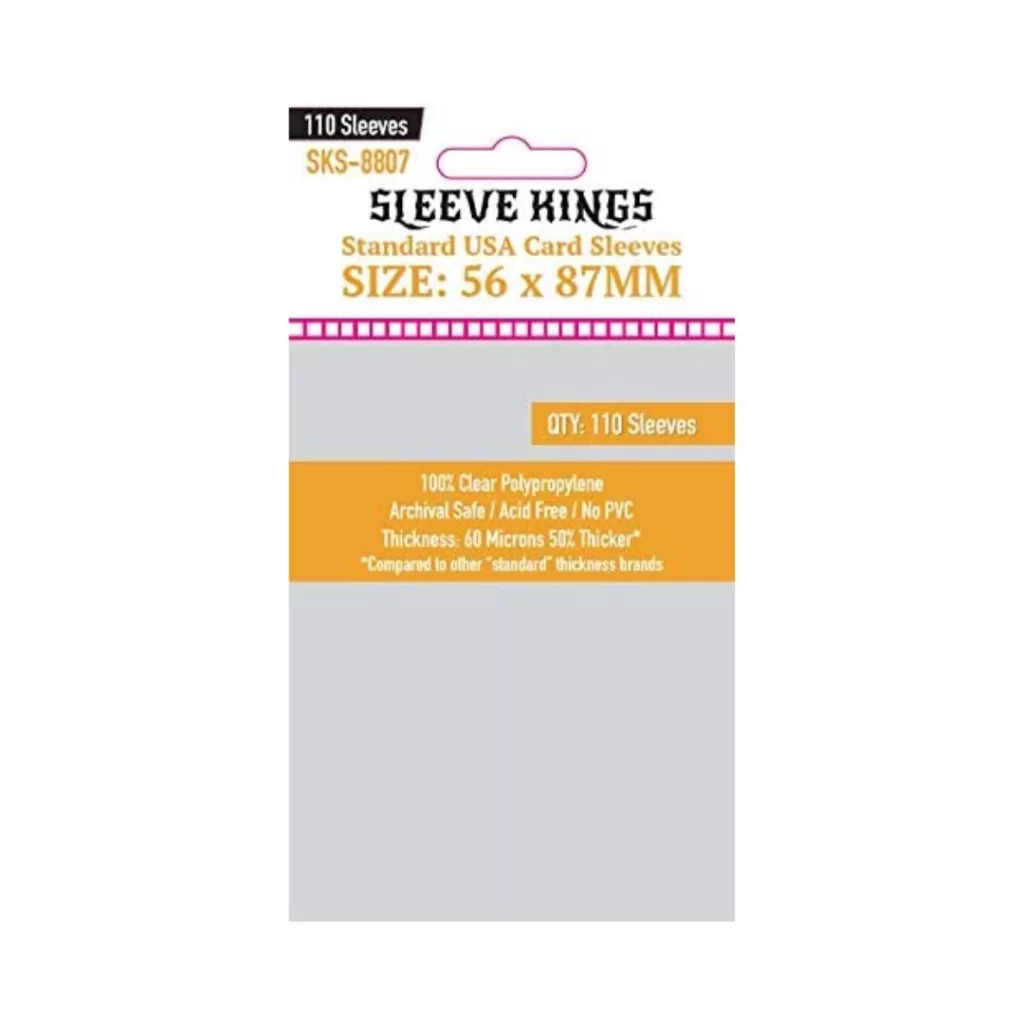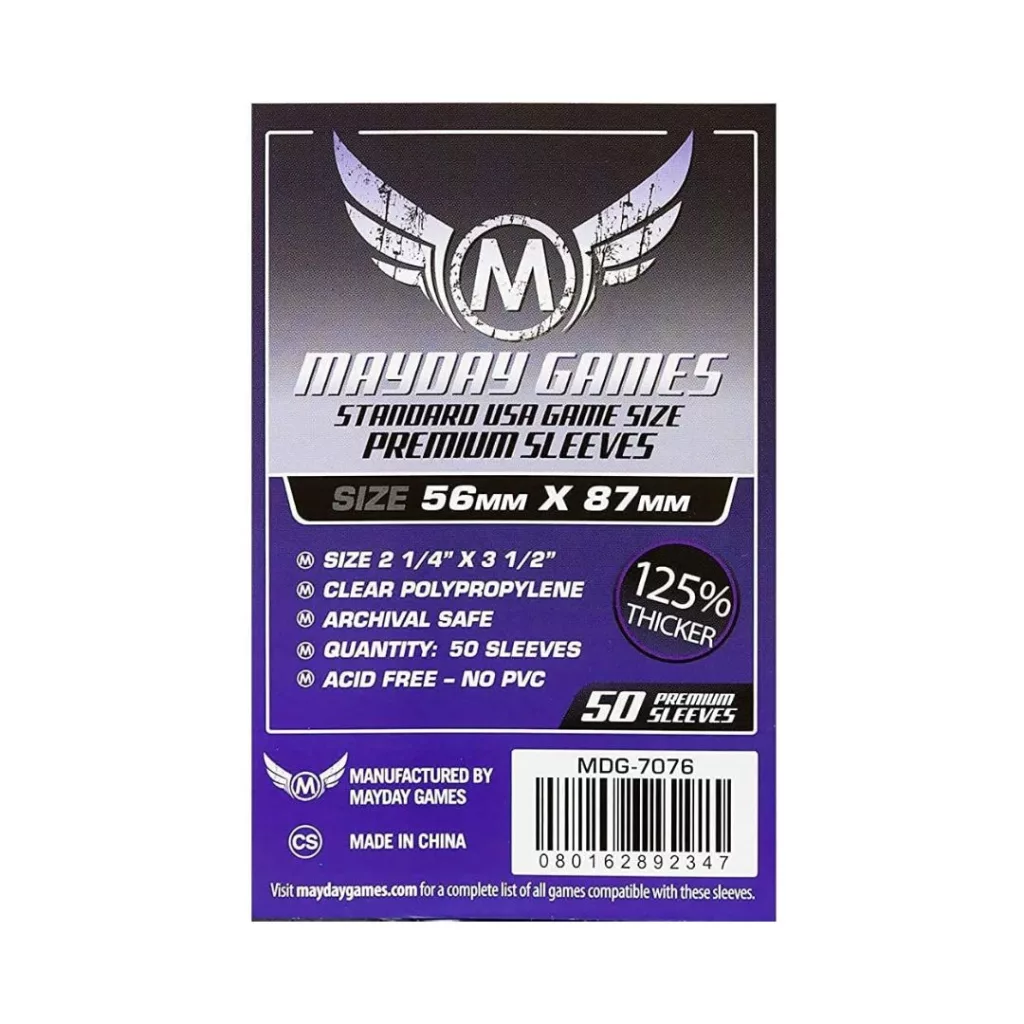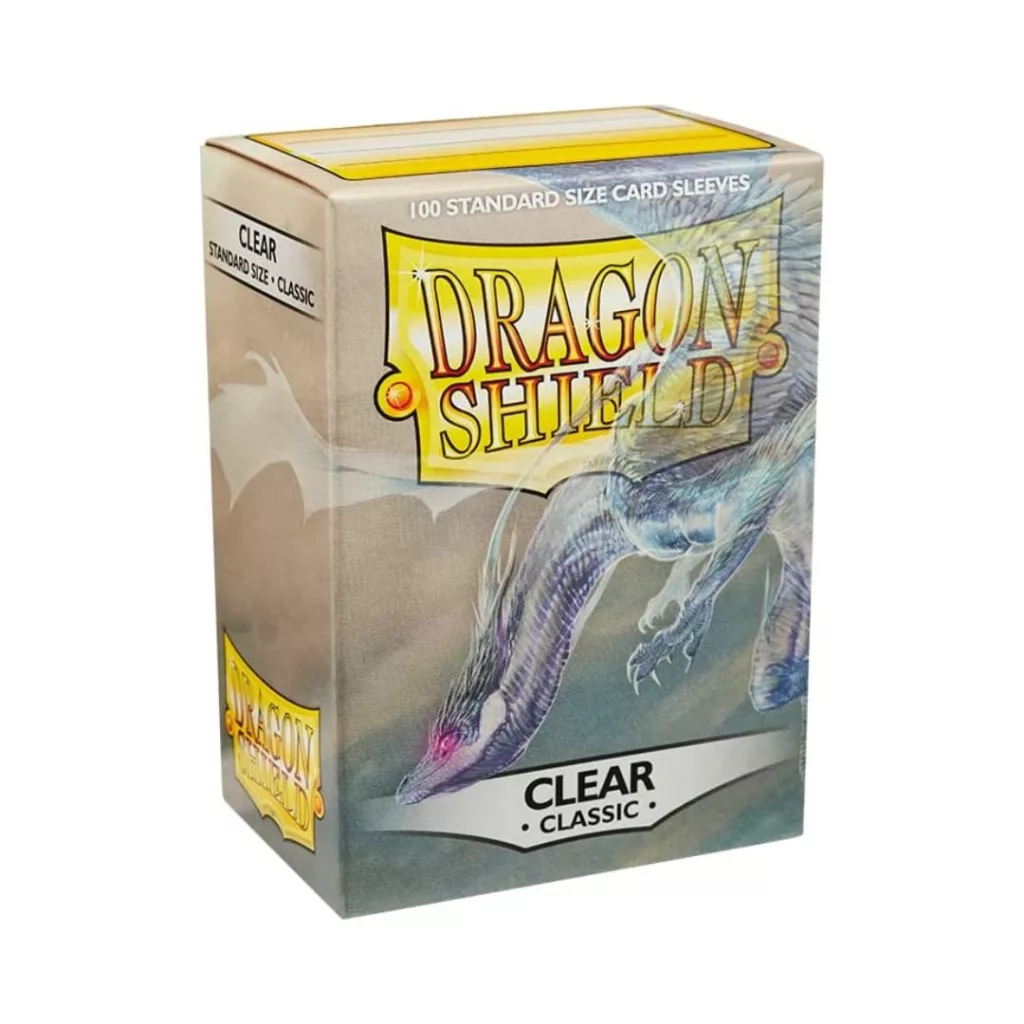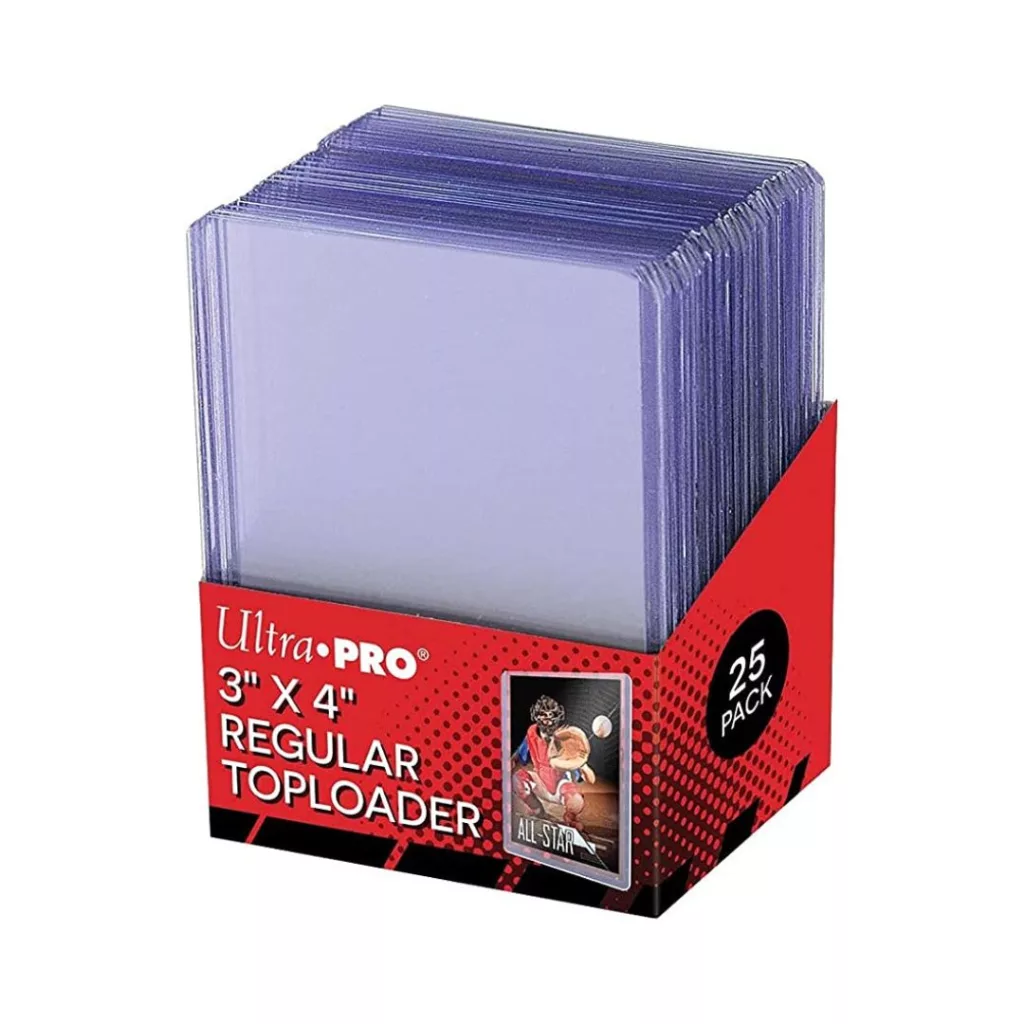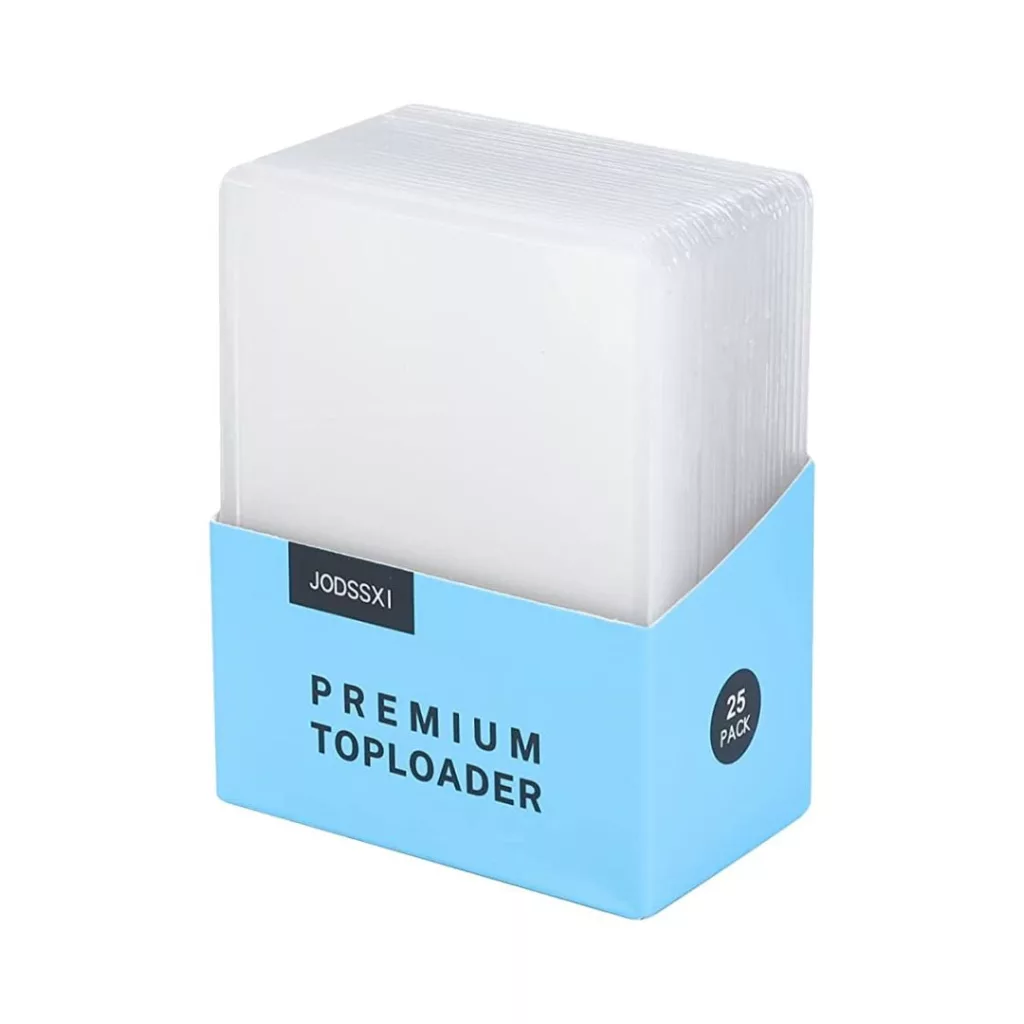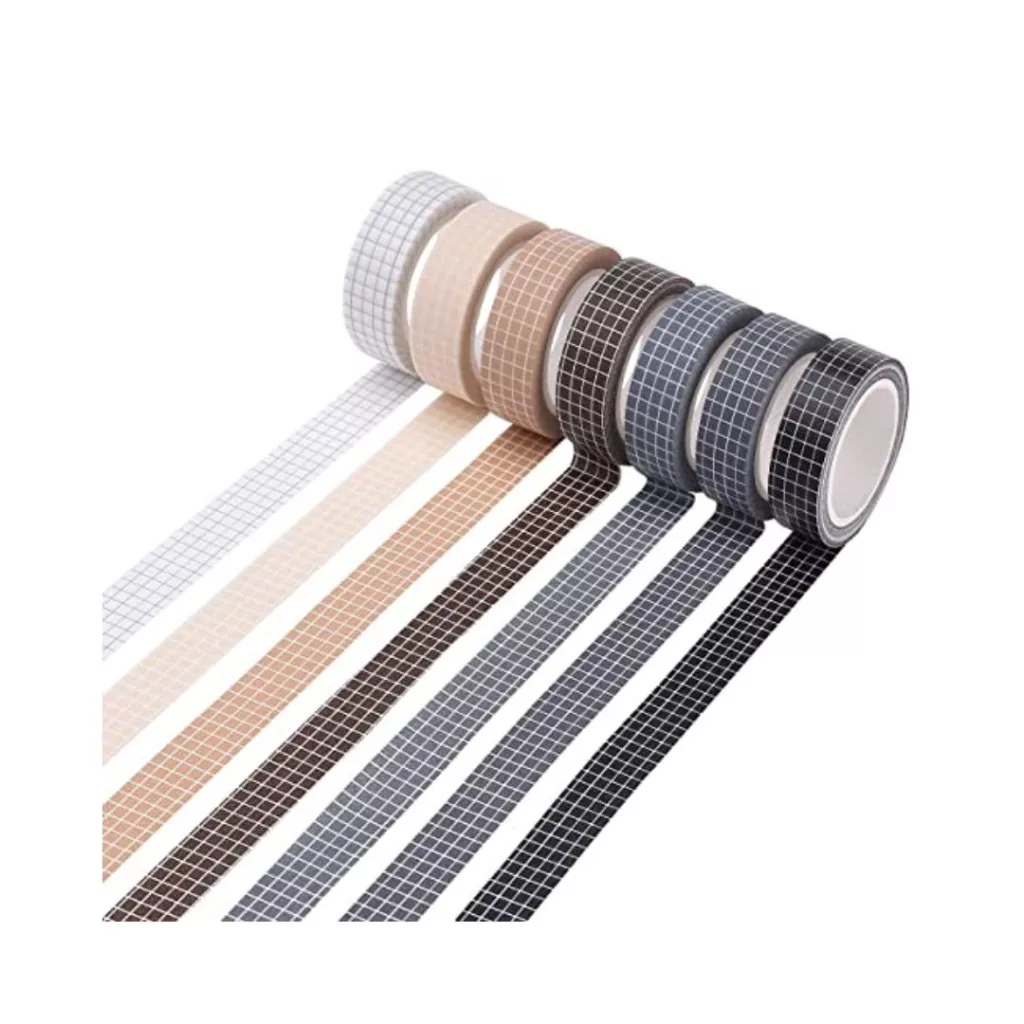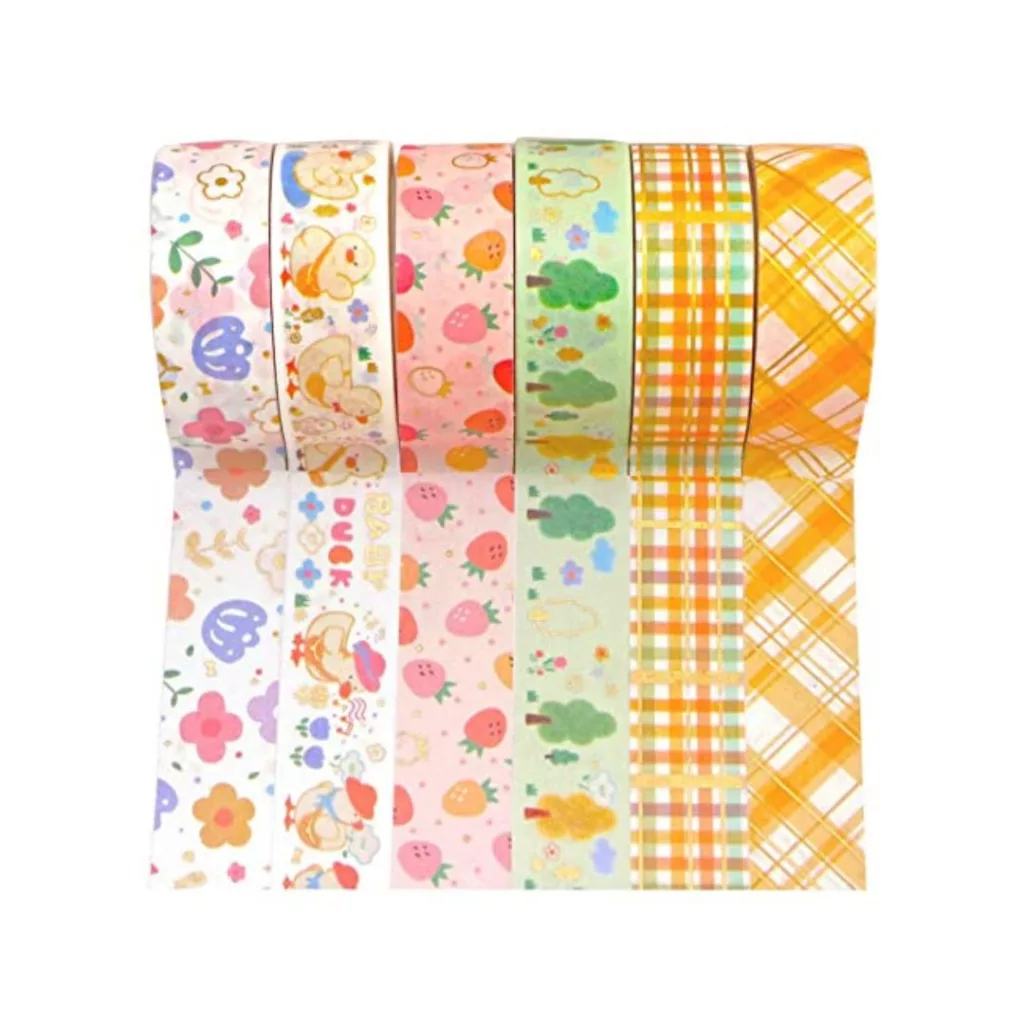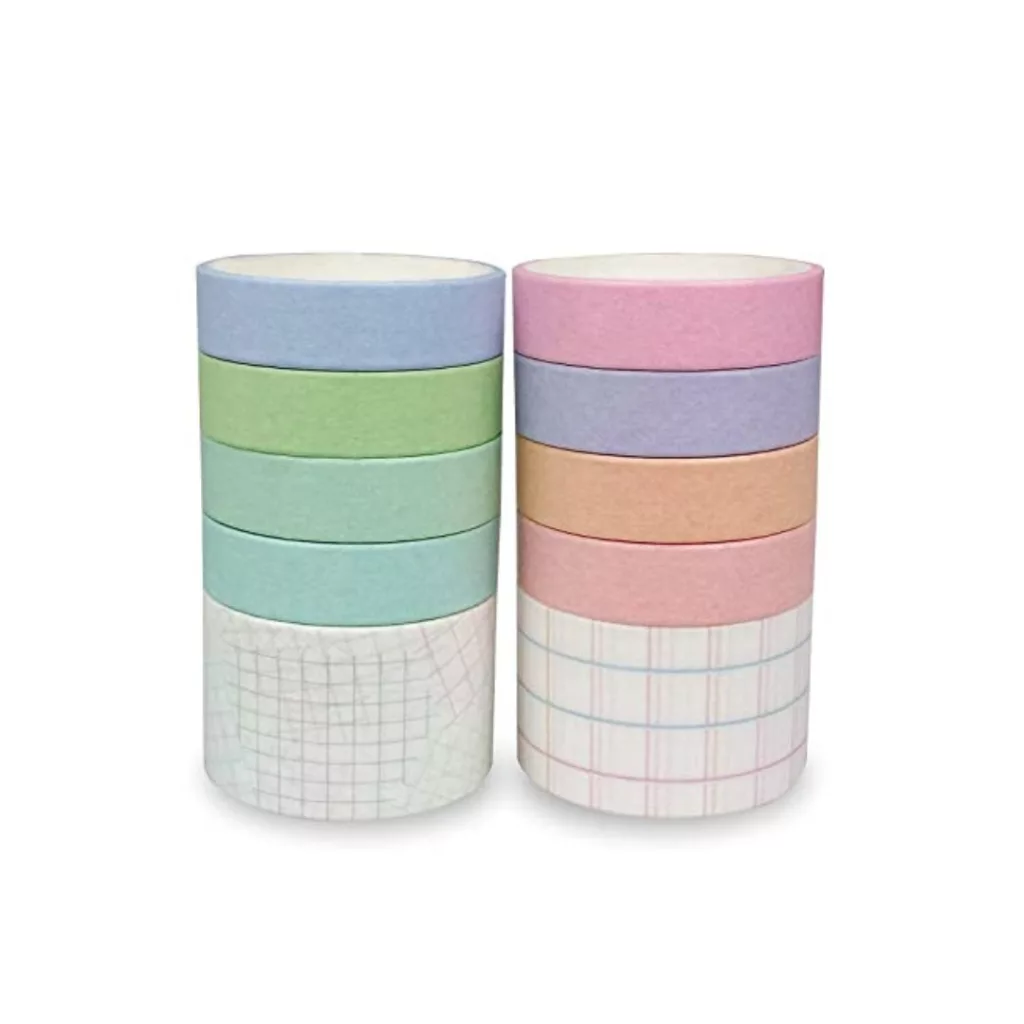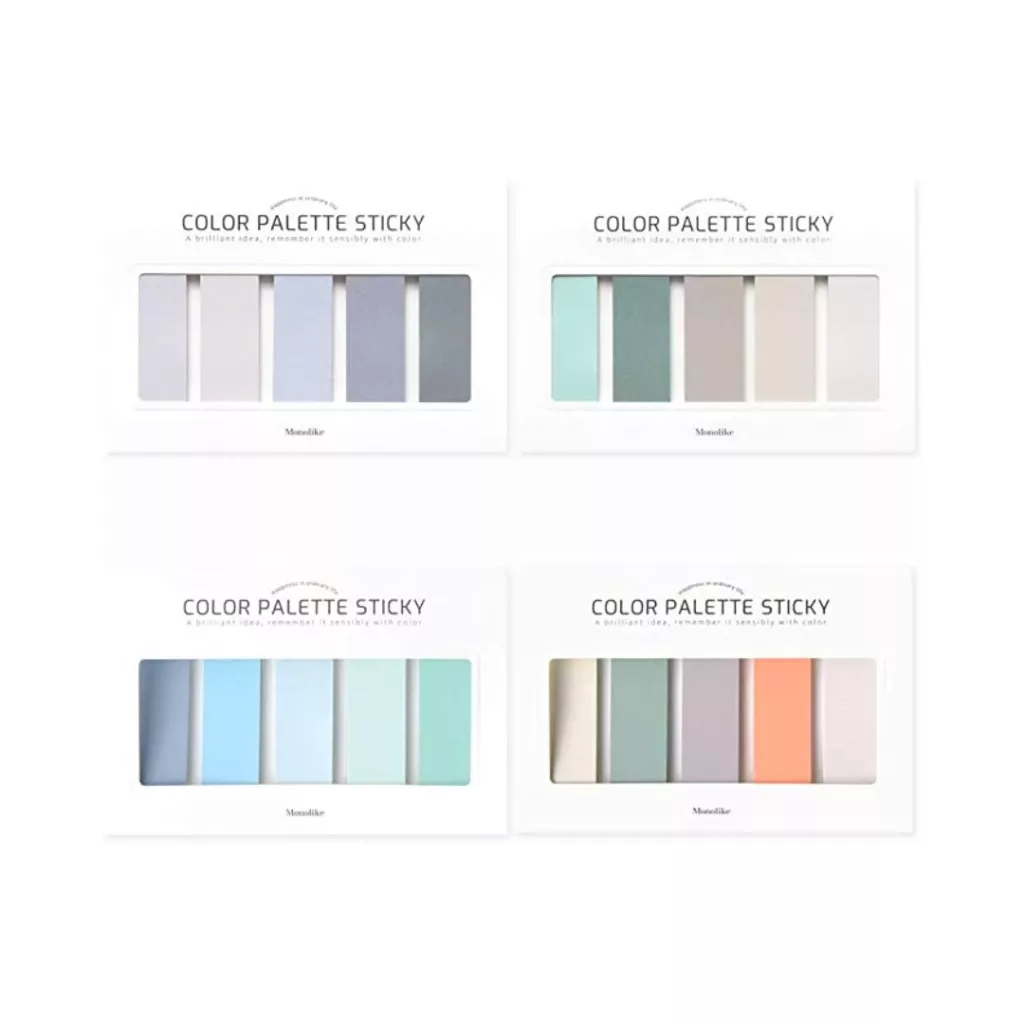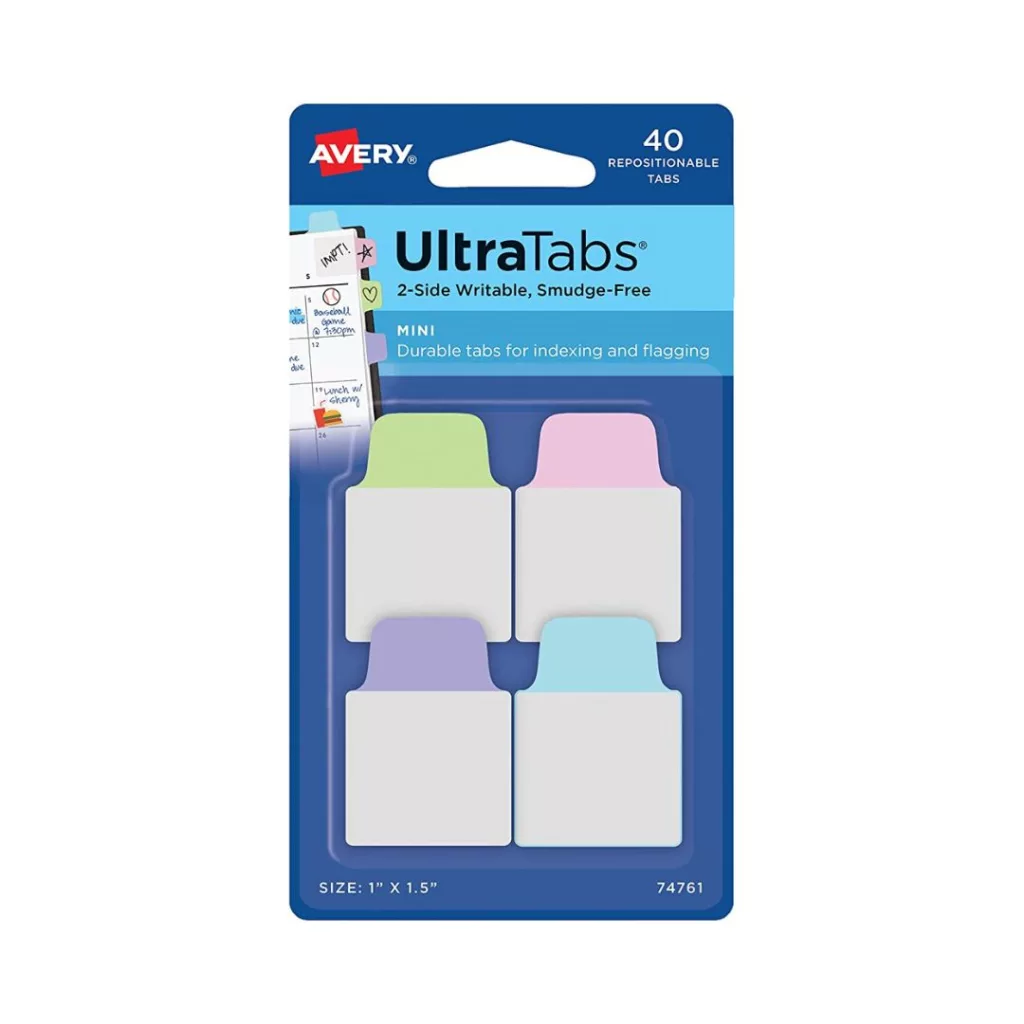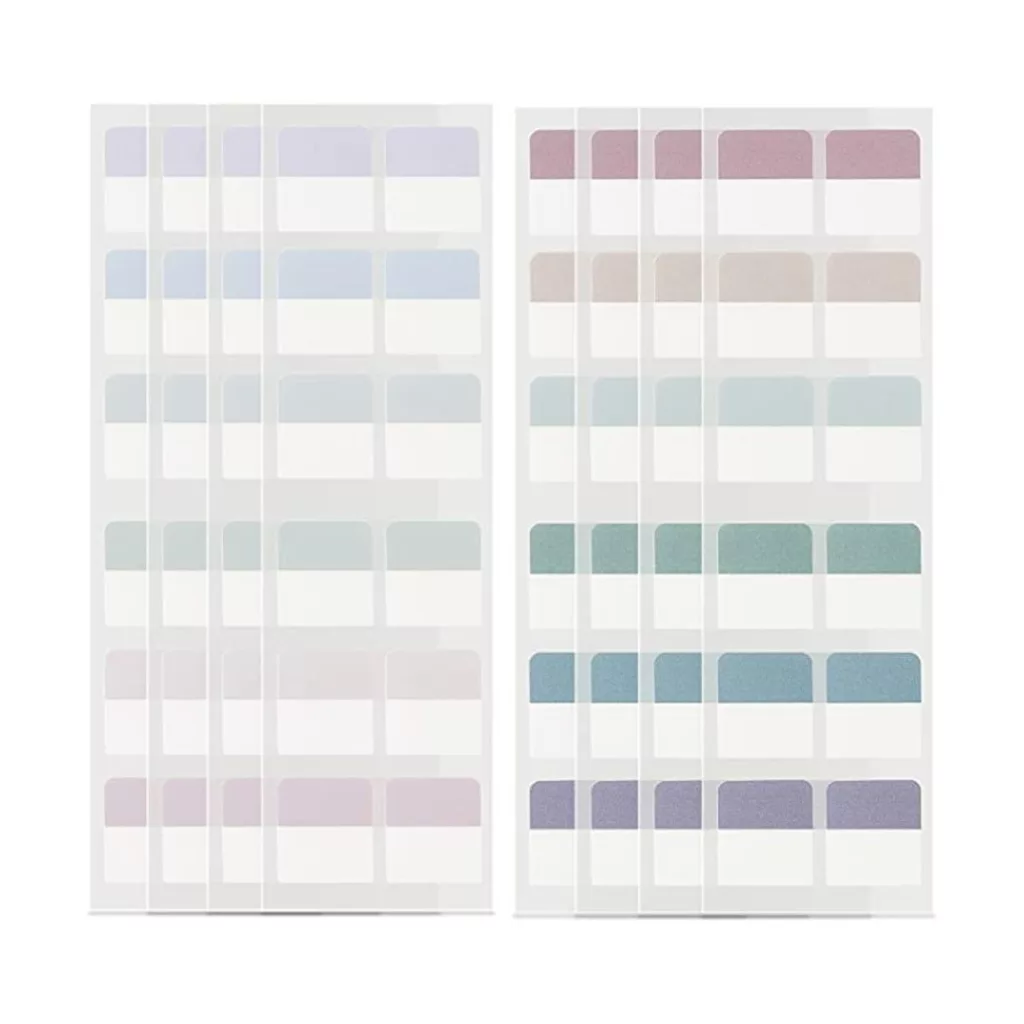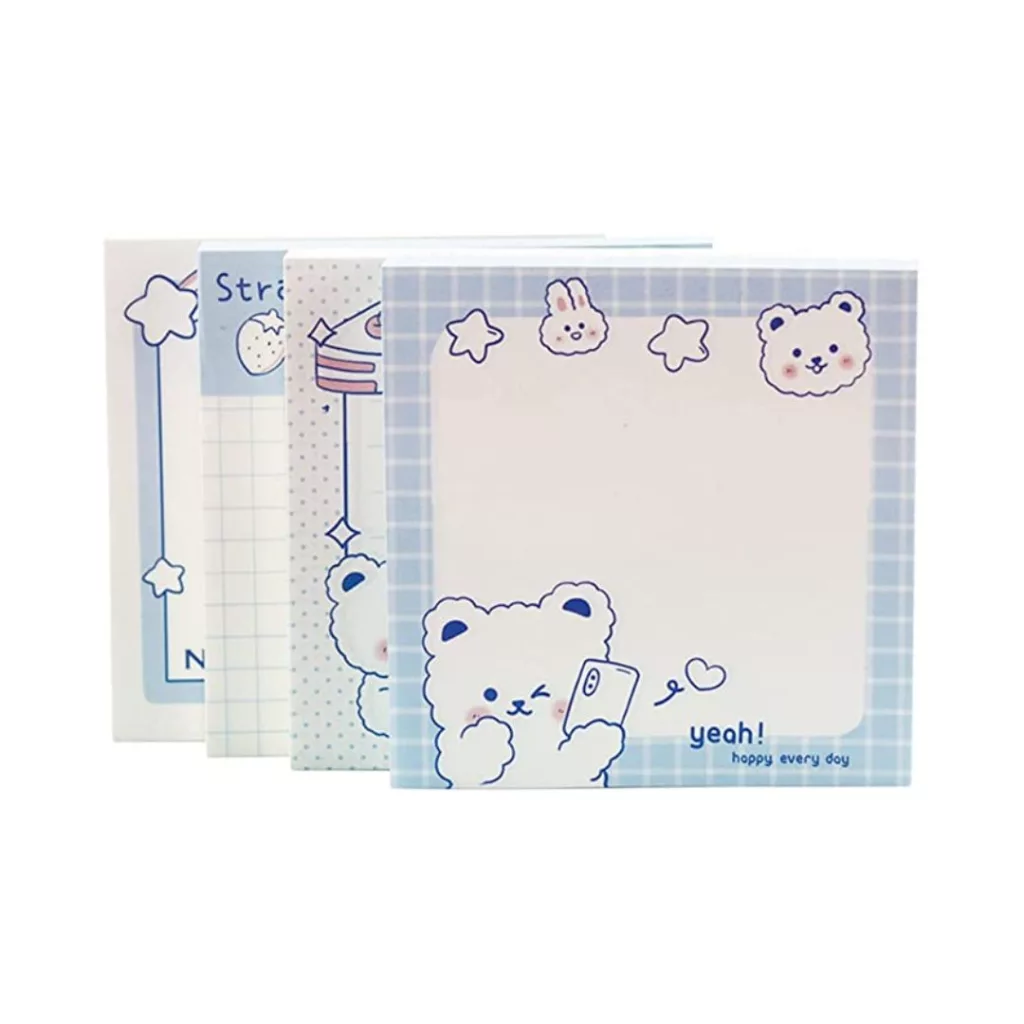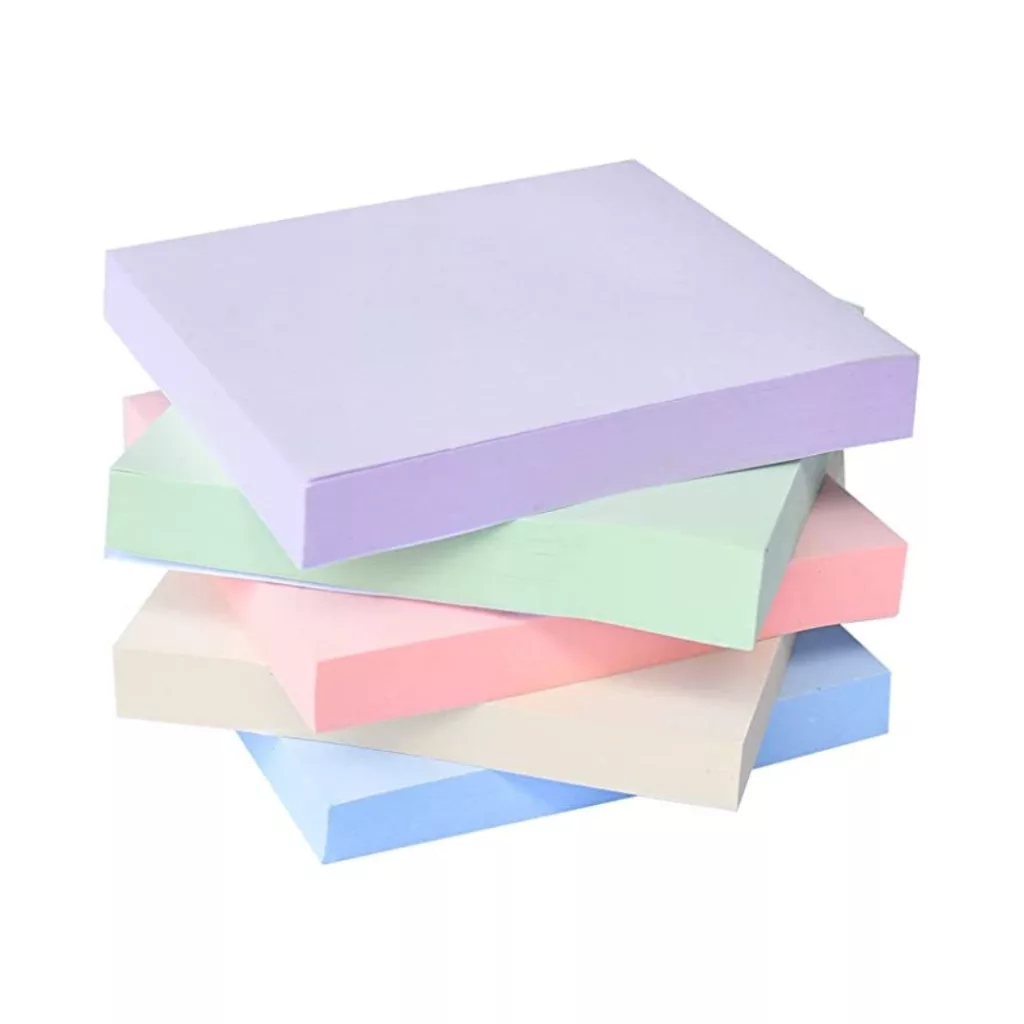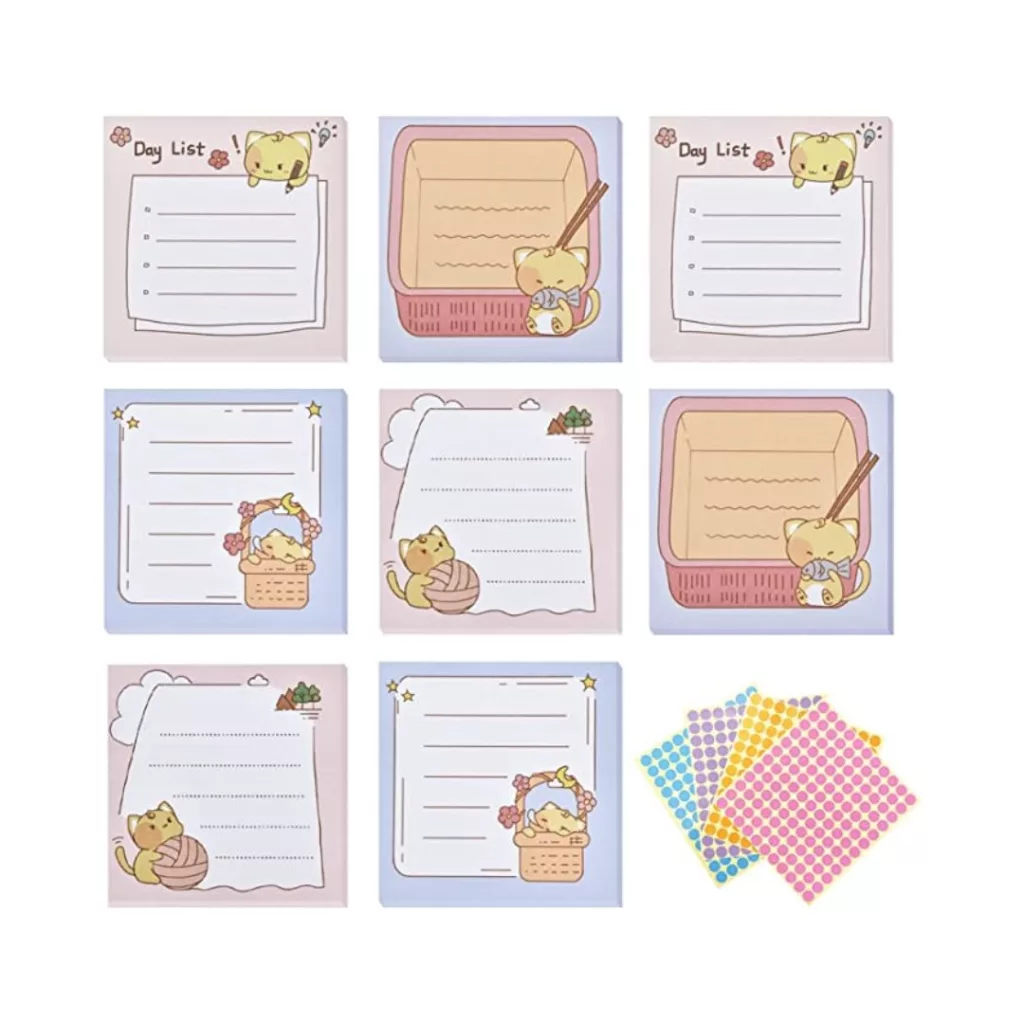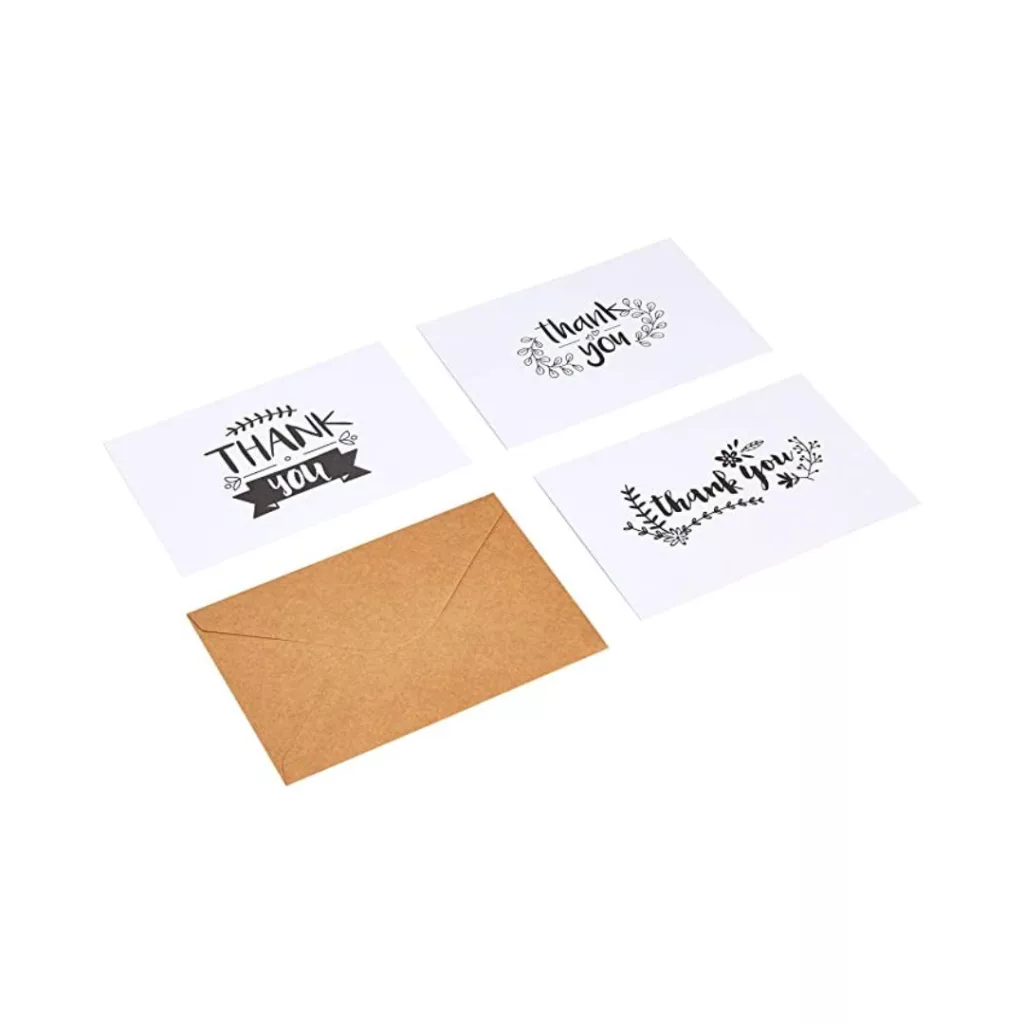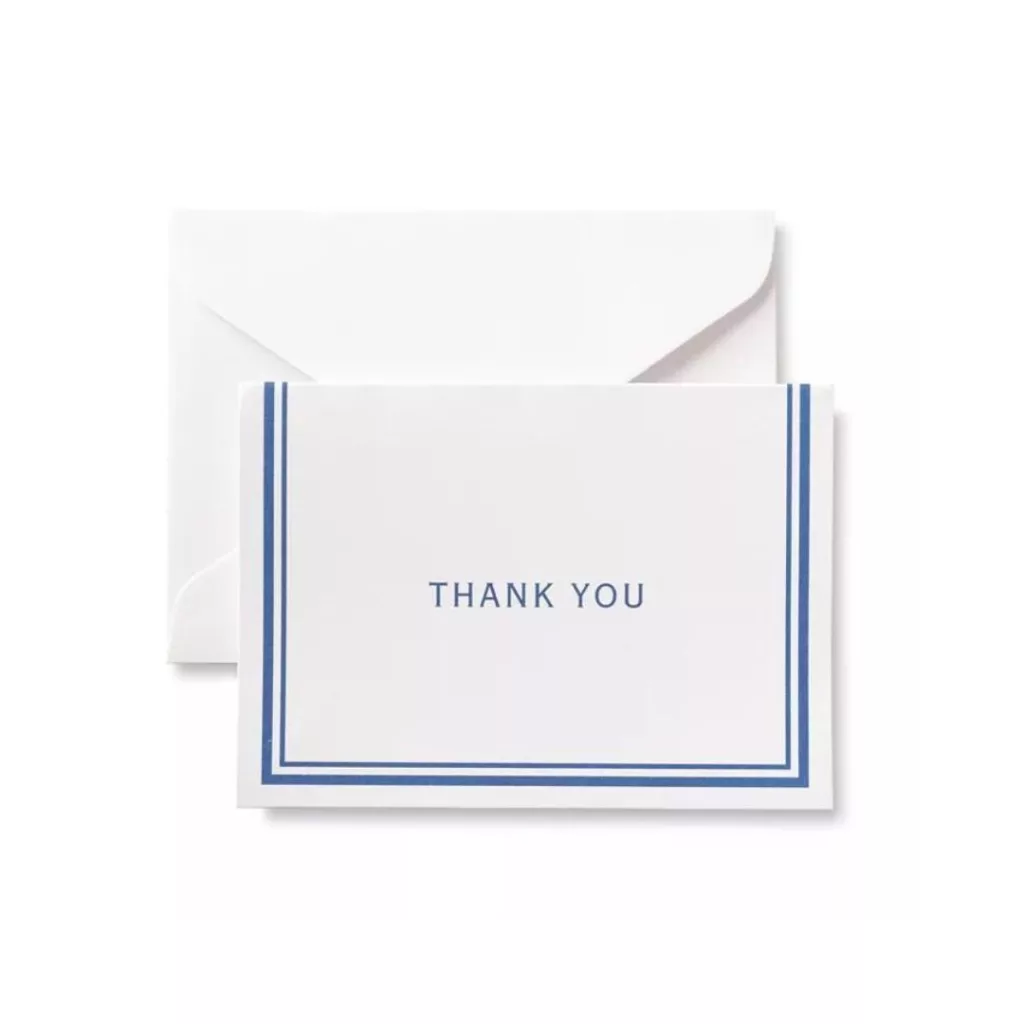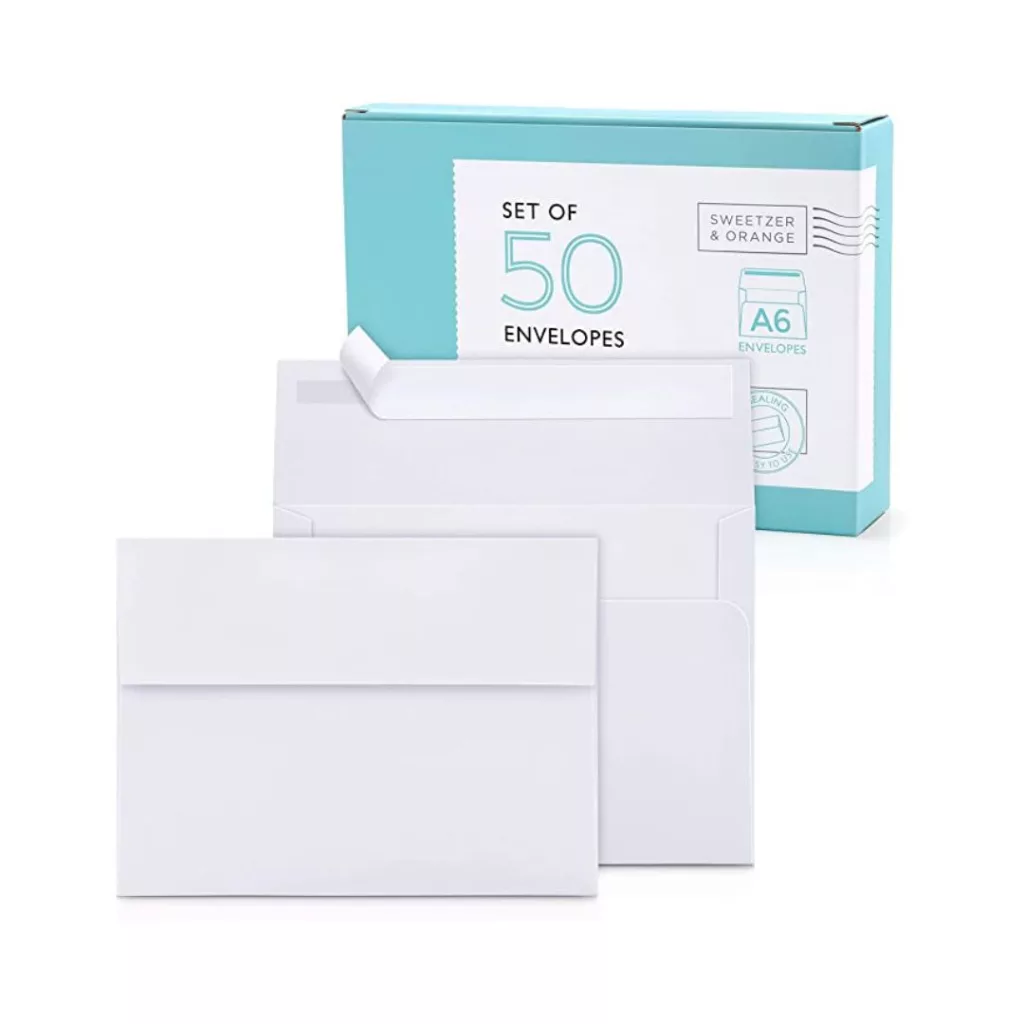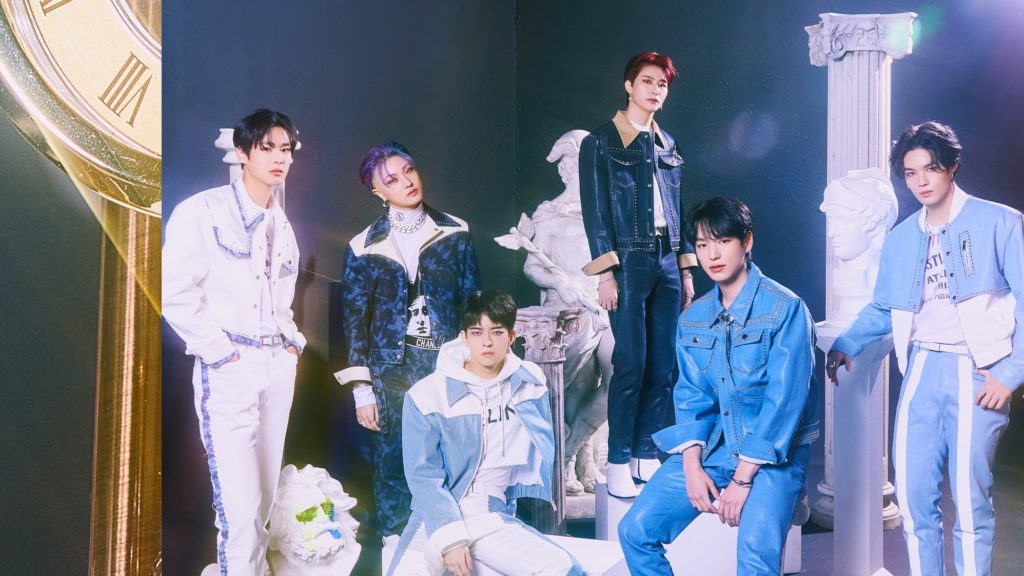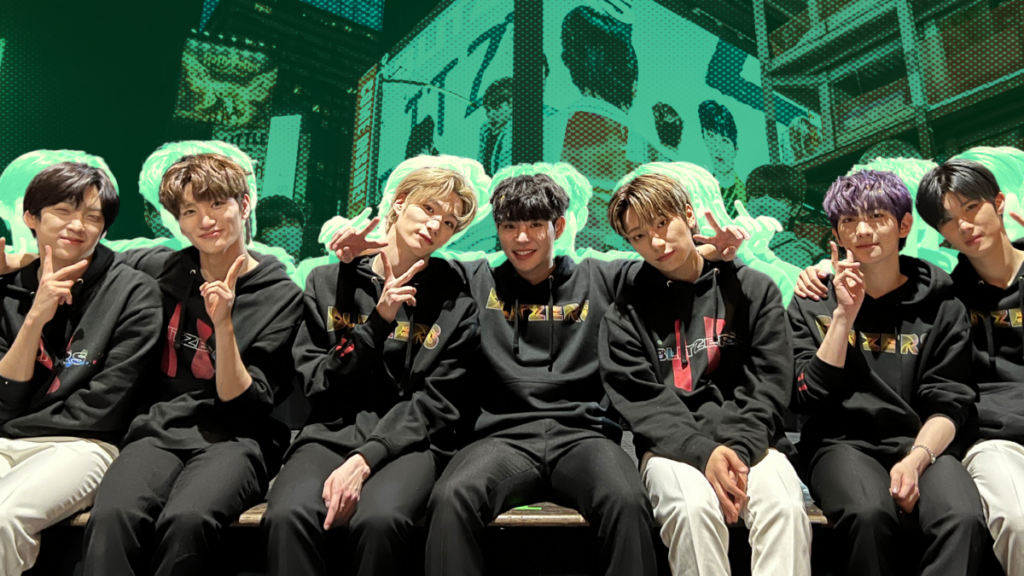A Beginner’s Guide to Photocard Collecting Communities
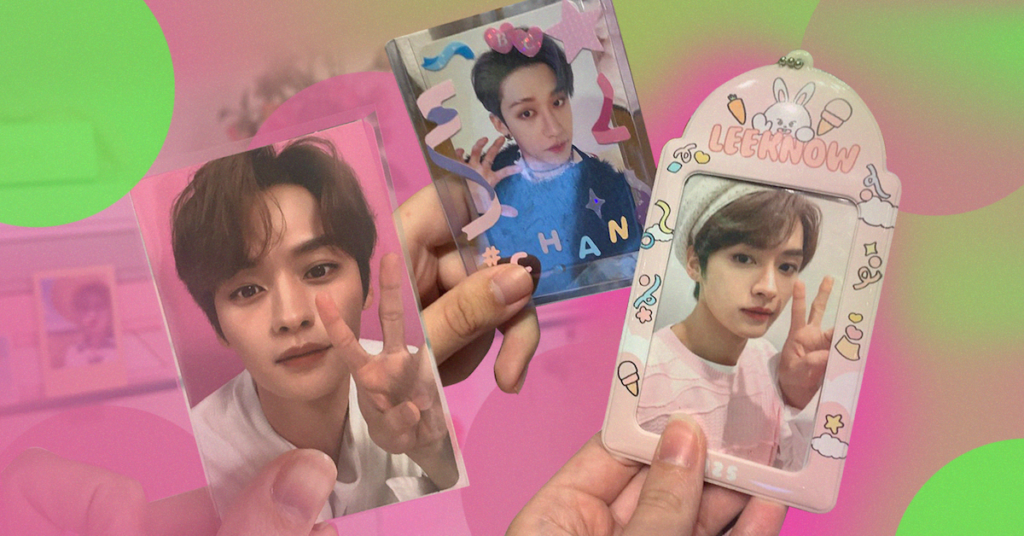
Buying K-pop albums is exciting and comes with the thrill of pulling photocards. However, buying an excessive number of albums is neither cost-effective nor sustainable. To expand your photocard collection without overbuying albums, collection communities are useful for finding the photocards you need! Because joining a new community may be confusing at first, EnVi curated a list of basic tips you should know to help you navigate photocard trading, selling, and buying.
Where to Find Photocard Collecting Communities
Photocards are listed for sale or trade on online marketplaces such as Depop, eBay, Mercari, and Shopee. Because these sites are designed for users to sell items, many of these marketplaces offer buyer protection policies, which makes them safer options to buy photocards from.
Twitter and Instagram are platforms with K-pop collecting communities that are great places to start trading and selling, especially if you are already familiar with navigating these social media sites for personal use. Many features offered by Twitter and Instagram make it easy to find trades, build a reputable account, and connect with other fans. For example, Instagram provides a function where you can follow hashtags, which will recommend posts right on your homepage that can lead to potential trades. Important information, disclaimers, and proof of past exchanges can also be organized on your account using Instagram story highlights or Twitter threads. With the many features offered by Twitter and Instagram that you may already be familiar with, trading communities on Twitter and Instagram are a gateway into the world of collecting.
Key Phrases
Hashtags and keywords are used in social media posts to make content easier for users to find and boost content to reach a wider audience. It is important to be aware of the common phrases and tags used in the collecting community because it is under these tags that most users will be browsing through.
Here are a few common phrases to know:
- WTS – “want to sell” indicates that the inclusions are for sale
- WTT – “want to trade” indicates that the inclusions are up for trade
- WTB – “want to buy” indicates that the user is looking to purchase a specific photocard
- ISO – “in search of” indicates that the user is looking for either sale or trade offers for the photocard mentioned
- GO – “group order” hosted by a group order manager (GOM), who lets multiple buyers purchase merchandise in a single order to save money
These phrases are typically used along with the specific groups you are trading for. For example, if you are trading or selling BTS photocards, you would use the hashtags #btswts or #btswtt to reach other BTS collectors.
Many users include as many hashtags as they can in their posts, even if the hashtags imply an exchange they are not actually looking to make. In fact, you may find a photocard someone is only looking to trade even if it is under the “wts” tag. Be sure to thoroughly read the description of the post to see whether some photocards are exclusively listed for trade or sale, even if the tags used imply otherwise.
Packing A Trade
It is important to properly package a photocard to ensure its safe delivery. Packing a photocard does not have to be complicated, and you may already have stationery that will be useful. However, if you are not sure where to start or what supplies to invest in, EnVi has you covered!
Photocard Sleeves
Photocard sleeves are a necessity for any collector because they provide a base level of protection for your cards and prevent minor damages such as light scratching, smudging, or PVC damage.
Toploaders
Since soft sleeves only protect against minor damages, the photocard should be secured in a thick protective layer as it goes through the mail system. Toploaders are essential for card traders because they prevent bending, scratches, weather damage, and protect from potential damage from the mail sorting machine. If you plan on becoming an active seller or trader, you will want to invest on a set of toploaders. Alternatively, you can use rigid cardboard as long as it is resistant to bending.
Washi Tape
To secure the packaging, you will need to close the sleeve and toploader with tape to ensure the photocard does not slip out. Washi tape is the best to use when packing a photocard because the adhesive is not strong enough to damage the photocard, and it makes the packaging easier for the receiver to open.
Pull-tabs
While pull-tabs are not necessarily a must-have, they are a helpful inclusion. Placing a tab on the soft sleeve prior to placing it in the toploader will assist the recipient in pulling the photocard out easily.
Sticky Notes
Sticky notes or memos are used to write a short thank-you note. You can also include your username so that the recipient knows who the mail came from and can inform you once it has arrived safely. This is important if you want to build a reputable account and provide proof of past trades.
Cards
Many people use cards to enclose the photocard and note securely together. You may be able to make your own cards with spare album photobooks or purchase a set of greeting cards. The toploader is taped inside the card along with a short thank-you note so that they stay in place throughout the travel. The card itself should also be secured with washi tape before being placed inside the envelope.
Envelopes
Envelopes are necessary for sending any stamped mail. Many greeting card sets will come with envelopes as well. However, you can also buy a pack of envelopes alone if you plan on making your own cards.
Stay Safe and Have Fun!
Trading can be intimidating for beginners, especially since you may have to mail out first for your first few trades as you build up your account. Because you will be sending money and personal information to other people, remember to be cautious of the accounts that you buy from and trade with. Check to see whether the user you are interacting with has proof of past trades and sales. On Instagram, story highlights with proof that you can click on are a good indicator of a reliable account. If you ever decide you no longer want to follow through with a trade, do not be afraid to let the person know you would like to back out.
The photocard community is one that you may have to adapt to, but you will learn how to navigate it over time. For now, these basic tips will help you approach the community and prepare you to start trading. Collecting is a fun hobby, and the trading community can help you expand your collection, collect your dream photocards, and be part of a community with the same interests!
Interested in more Lifestyle content? Check out EnVi’s 2023 Winter Recipes here!
All products featured on EnVi are independently selected by our editors. However, we may earn a commission from qualifiying purchases.
